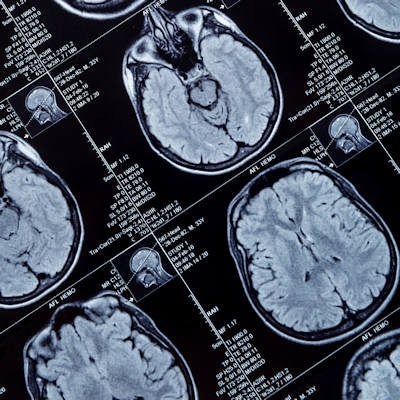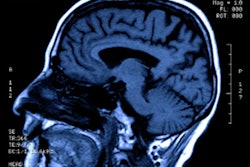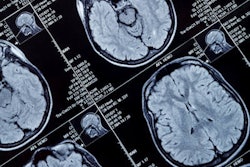
Researchers have developed a way to improve analysis of functional MRI (fMRI) data for identifying patterns and assessing treatment in patients with schizophrenia, according to a study to be published in the August issue of NeuroImage.
The fMRI method was developed by a team led by Tülay Adali, PhD, and PhD candidate Qunfang Long, both of the University of Maryland in College Park, and is called "independent vector analysis for common subspace extraction." It allows researchers to categorize fMRI data based on brain activity, which demonstrates a connection between this activity and schizophrenia.
If a schizophrenia patient undergoes treatment and returns for follow-up, fMRI data can be compared with that of a control group of healthy patients and the treatment's efficacy can be evaluated, according to the researchers (NeuroImage, August 2020, Volume 216:1).
"The most exciting part is that we found out the identified subgroups possess clinical significance by looking at their diagnostic symptoms," Long said in a statement released by the university. "This finding encouraged us to put more effort into the study of subtypes of patients with schizophrenia using neuroimaging data."
Adali's group plans to continue its research using the method through a study of adolescents that will explore any links between fMRI images and addiction and substance use patterns over time, the university said.


.fFmgij6Hin.png?auto=compress%2Cformat&fit=crop&h=100&q=70&w=100)





.fFmgij6Hin.png?auto=compress%2Cformat&fit=crop&h=167&q=70&w=250)











